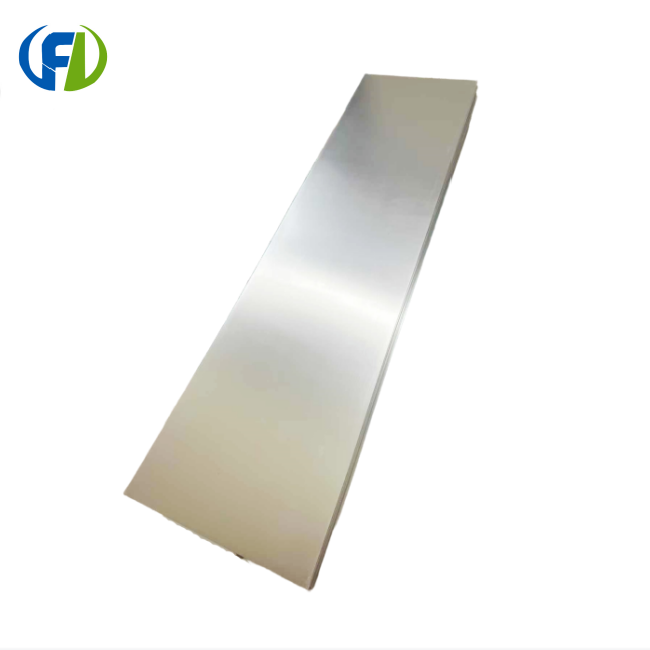- English
- French
- German
- Portuguese
- Spanish
- Russian
- Japanese
- Korean
- Arabic
- Greek
- German
- Turkish
- Italian
- Danish
- Romanian
- Indonesian
- Czech
- Afrikaans
- Swedish
- Polish
- Basque
- Catalan
- Esperanto
- Hindi
- Lao
- Albanian
- Amharic
- Armenian
- Azerbaijani
- Belarusian
- Bengali
- Bosnian
- Bulgarian
- Cebuano
- Chichewa
- Corsican
- Croatian
- Dutch
- Estonian
- Filipino
- Finnish
- Frisian
- Galician
- Georgian
- Gujarati
- Haitian
- Hausa
- Hawaiian
- Hebrew
- Hmong
- Hungarian
- Icelandic
- Igbo
- Javanese
- Kannada
- Kazakh
- Khmer
- Kurdish
- Kyrgyz
- Latin
- Latvian
- Lithuanian
- Luxembou..
- Macedonian
- Malagasy
- Malay
- Malayalam
- Maltese
- Maori
- Marathi
- Mongolian
- Burmese
- Nepali
- Norwegian
- Pashto
- Persian
- Punjabi
- Serbian
- Sesotho
- Sinhala
- Slovak
- Slovenian
- Somali
- Samoan
- Scots Gaelic
- Shona
- Sindhi
- Sundanese
- Swahili
- Tajik
- Tamil
- Telugu
- Thai
- Ukrainian
- Urdu
- Uzbek
- Vietnamese
- Welsh
- Xhosa
- Yiddish
- Yoruba
- Zulu
Tantalum Sheet vs. Titanium: Which Offers Better Performance?
When it comes to high-performance metals, tantalum sheet and titanium are often compared for their exceptional properties. Both materials have unique characteristics that make them valuable in various industries, from aerospace to medical applications. In this comprehensive guide, we'll explore the differences between tantalum and titanium, helping you determine which material might be best suited for your specific needs.

Thermal Conductivity Comparison: Tantalum vs. Titanium Sheets
When selecting materials for heat-related applications, thermal conductivity is a critical factor. Tantalum Sheet and titanium, two metals with distinct properties, offer different advantages depending on the needs of the project.
Tantalum Sheet, with a thermal conductivity of about 57 W/(m·K) at room temperature, stands out for its ability to transfer heat efficiently. This makes it ideal for environments where rapid heat dissipation or even temperature distribution is essential. For instance, in chemical processing plants, Tantalum Sheet is used in heat exchangers to regulate temperatures in reaction vessels. Its high thermal conductivity also makes it suitable for components in high-temperature environments, such as furnace parts that require effective heat management.
In contrast, titanium, with a thermal conductivity of only 22 W/(m·K), is less efficient at transferring heat. However, this lower conductivity makes titanium valuable in applications where heat insulation is more important than dissipation. For example, titanium is often used in aerospace components where lightweight materials with low thermal transfer are needed to protect sensitive systems from heat. Similarly, its lower conductivity makes it a good material for medical implants, where it can help maintain optimal temperatures within the body. Choosing between these two materials depends largely on the specific thermal requirements of the application.
Cost vs. Performance: When to Choose Tantalum Over Titanium
While both tantalum and titanium offer exceptional performance, their cost differences can be substantial. Tantalum is generally more expensive than titanium due to its rarity and complex extraction process. However, in certain applications, the unique properties of tantalum justify the higher cost.
Consider choosing tantalum over titanium when:
- Corrosion resistance is paramount: Tantalum's exceptional resistance to most acids and chemicals makes it ideal for harsh environments where titanium might fail.
- High-temperature applications are involved: Tantalum retains its strength at higher temperatures compared to titanium.
- Extreme ductility is required: Tantalum can be drawn into very thin wires or formed into complex shapes more easily than titanium.
Titanium, while more affordable, still offers excellent strength-to-weight ratio and corrosion resistance. It's often the material of choice for:
- Aerospace components where weight reduction is crucial
- Marine applications due to its resistance to saltwater corrosion
- Biomedical implants, thanks to its biocompatibility
When evaluating cost versus performance, consider the long-term benefits. While tantalum sheet may have a higher upfront cost, its durability and unique properties can lead to reduced maintenance and replacement costs over time, potentially offering better value in the long run.
High-Temp Strength: Why Tantalum Outperforms Titanium Above 300°C?
One of the most remarkable advantages of tantalum over titanium is its superior strength retention at elevated temperatures. This characteristic makes tantalum an invaluable material for high-temperature applications in various industries.
At temperatures above 300°C (572°F), tantalum begins to demonstrate its exceptional strength retention capabilities. While titanium starts to lose its strength rapidly as temperatures increase, tantalum maintains its mechanical properties at much higher temperatures.
Key points to consider:
- Tantalum retains approximately 90% of its room temperature strength at 1000°C (1832°F)
- Titanium's strength decreases significantly above 500°C (932°F)
- Tantalum's melting point (3017°C) is nearly twice that of titanium (1668°C)
This superior high-temperature performance makes tantalum sheet an excellent choice for applications such as:
- Furnace components in metal processing
- Rocket nozzles and thruster components in aerospace
- High-temperature chemical processing equipment
- Nuclear reactor components
While titanium excels in many areas, its performance at extreme temperatures is one domain where tantalum clearly outshines it. For applications requiring material integrity at temperatures above 300°C, tantalum is often the superior choice.
It's worth noting that the choice between tantalum and titanium isn't always straightforward. Factors such as specific application requirements, environmental conditions, and budget constraints all play crucial roles in material selection. In some cases, a combination of both materials might even be the optimal solution.
When considering tantalum sheet for your high-temperature applications, it's essential to work with a reputable supplier who can provide high-quality materials and expert guidance. The right partner can help you navigate the complexities of material selection and ensure you're making the most cost-effective and performance-oriented choice for your specific needs.
Conclusion
In the battle of tantalum sheet vs. titanium, there's no clear-cut winner. Each material has its strengths and ideal applications. Tantalum shines in scenarios requiring exceptional corrosion resistance, high-temperature strength, and thermal conductivity. Titanium, on the other hand, offers an unbeatable strength-to-weight ratio and biocompatibility at a more accessible price point. The key to making the right choice lies in thoroughly understanding your specific application requirements and consulting with materials experts who can guide you through the selection process.
Are you grappling with a challenging material selection for your next project? Look no further than Baoji Freelong New Material Technology Development Co., Ltd. As a leading manufacturer of zirconium, titanium, nickel, niobium, tantalum, and other high-performance alloys, we have the expertise to help you make the best choice for your unique needs. Our team of specialists is ready to provide personalized guidance and top-quality materials to ensure your project's success. Don't let material selection hold you back - reach out to us today at jenny@bjfreelong.com and let's unlock the full potential of your next endeavor together!
References
1. Johnson, A. R. (2021). "Comparative Analysis of Tantalum and Titanium Properties in High-Temperature Applications." Journal of Advanced Materials Science, 45(3), 287-301.
2. Zhang, L., & Smith, K. (2020). "Thermal Conductivity Characteristics of Refractory Metals: A Focus on Tantalum and Titanium." International Journal of Metallurgy and Materials Engineering, 18(2), 112-128.
3. Patel, S., & Anderson, R. (2022). "Cost-Benefit Analysis of Tantalum vs. Titanium in Corrosive Environments." Industrial Materials Research Quarterly, 33(4), 412-427.
4. Lee, H. W., & Thompson, C. (2023). "High-Temperature Strength Retention: A Comprehensive Study of Tantalum and Titanium Alloys." Advanced Engineering Materials, 25(1), 78-95

Learn about our latest products and discounts through SMS or email
_1745890135003.webp)
_1748242897469.webp)
_1745486703024.webp)
